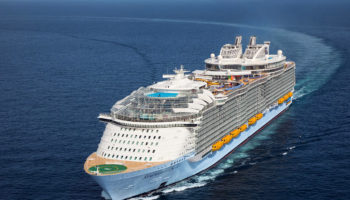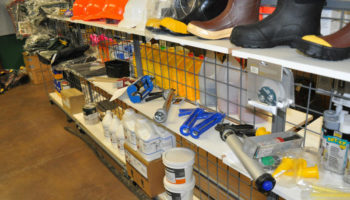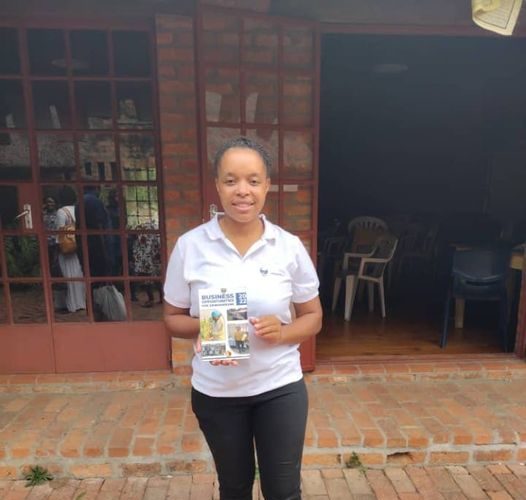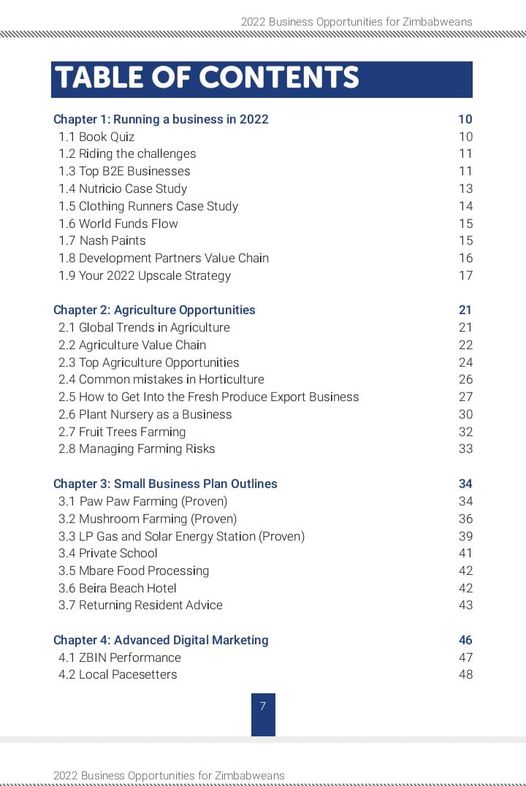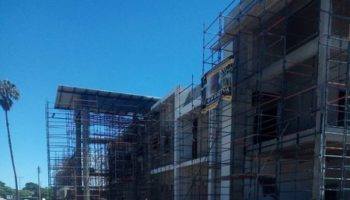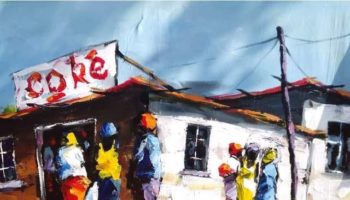Cruise ships are still recruiting Zimbabweans but the rate has slowed down. So if fortunate to be invited to a job, make sure you thoroughly prepare as another chance could take long before it comes your way. We share below some of the most commonly asked technical questions and answers. We caution that this is not the exhaustive list as one needs to be thoroughly prepared.
Tips shared as copied. You should know the following;
1. Name mother sources
• _Béchamel, or white sauce_
• _Velouté_
• _Espagnole, or brown sauce_
• _Hollandaise_
• _Tomato_
2. Pasta sources
• _Marinara Sauce_
• _Alfredo Sauce_
• _Bolognese Sauce_
• _Pesto Sauce_
• _Vegan Tomato Pasta Sauce_
• _Carbonara Sauce_
• _Truffle Cream Pasta Sauce_
• _Ragu Sauce_
• _Amatriciana Pasta Sauce_
• _Arrabbiata Sauce_
3. What traditional sauce do save with:
• *Lamb* – _Lemon butter, Mint, peppercorn, garlic & rosemary_
• *Turkey* – _Cream sauce, shallot and mustard, BBQ, mango chutney_
• *Fish* – _Lemon butter, lemon garlic, creamy parmesan, pepper, apricot, mustard_
4. Which roast meat goes with which sauces:
• *Roast turkey* – _Cranberry sauce, currant jelly_
• *Roast goose* – _Applesauce, cranberry sauce_
• *Roast beef* – _Steak sauce, mesquite sauce_
• *Roast chicken* – _Lemon & herb, BBQ, garlic & herb_
• *Roast pork* – _soy ginger, mustard cream, onion gravy_
5. Types of steak
• _Ribeye Steak_
• _Strip Steak_
• _Rump_
• _Sirloin_
• _Tenderloin Steak_
• _Porterhouse Steak_
• _Hanger Steak_
• _Skirt Steak_
• _Short Ribs_
• _Flap Steak_
6. Wine regions
• _Italy_
• _France_
• _United States_
• _Spain_
• _Australia_
• _Argentina_
• _China_
• _South Africa_
7. Types of pasta.
• _Spaghetti_
• _Penne_
• _Fettuccine Pasta_
• _Lasagna_
• _Macaroni_
• _Shells_
• _Tagliatelle Pasta_
• _Ravioli_
• _Linguine_
• _Rigatoni_
• _Farfalle_
• _Fusilli_
• _Cannelloni_
8. Food pairing
*Most Famous Flavor Combos!*
• _Peanut Butter and Chocolate_
• _Burger and Fries_
• _Pizza and Beer_
• _Bacon and egg_
• _Peanut Butter and Jelly_
• _Salted Caramel_
• _Ham and Cheese_
• _Cinnamon and apple_
• _Butter & Popcorn_
• _Spaghetti and Meatballs_
• _Apple Pie and Ice Cream_
• _Raspberry and Chocolate_
• _Pizza and Beer_
9. Define the following:
• *Vegan* – _a person who does not eat any food derived from animals and who typically does not use other animal product_
• *Vegetarian* – _a person who does not eat meat or fish, and sometimes other animal products, especially for moral, religious, or health reasons_
• *Pescatarian* – _a person who does not eat meat but does eat fish._
• *Diabetic person* – _One whose body either doesn’t make enough insulin or can’t use it as well as it should_
10. What does gluten free mean?
• _A gluten-free diet is an eating plan that excludes wheat, barley,rye and choosing substitutes that provide nutrients for a healthy diet_
11. Allergies . If someone is allergic to gluten which food is not suppose to be served to him?
• _Beer, ale, porter, stout (usually contain barley)_
• _Breads, cakes & pies_
• _Bulgur wheat_
• _Cereals_
• _Cookies and crackers_
• _Croutons_
• _French fries_
• _Imitation meat or seafoods_
• _Pastas_
• _Hot dogs and processed lunchmeats_
• _Salad dressings_
• _Seasoned foods_
• _soup mixes, gravies and sauces (including soy sauce)_
12. What is haalal, kosher?
• *Haalal* – _denoting or relating to meat prepared as prescribed by Muslim law._
• *Kosher* – _Food preparation according to the requirements of Jewish law._
13. If client tells you about Allergies who do you tell
• _When a customer announces that he or she has a food allergy, the information should be noted immediately on the ticket. It should then be conveyed directly to the manager. Many people with food allergies call ahead to confirm that a restaurant can accommodate them._
14. What is your role as a waiter
• _Server’s responsibility is attending to diners before, during, and after their meals by helping them place, receive, and pay for their orders. They also ensure the timely delivery of food and beverages by checking on their tables periodically throughout the service time._
15.what is (Buffet)
• _a meal for which several dishes are displayed on a table so that guests can serve themselves_
16.Describe or set up a full dinner table _(See video)_
*5 Types of table set-ups*
• _Formal Table Setting_
• _Casual Table Setting_
• _Buffet Table Setting_
• _Breakfast Table Setting_
• _Pizzeria Table Setting_
17. What meal do you serve white wine with?
• _With a dish that contains white protein such as chicken and fish_
• _Starters, cheese_
18. Which traditional food would you save a scone with?
• _Clotted cream & jam_
• _Grated cheddar cheese_
19. A cocktail is an alcoholic mixed drink. Most commonly, cocktails are either a combination of spirits, or one or more spirits mixed with other ingredients such as tonic water, fruit juice, flavored syrup, or cream.
• _Margarita_
• _Mojito_
• _Martini_
• _Gin & tonic_
• _Rum & coke_
• _Piña Colada._
• _Daiquiri_
• _Mimosa_
• _Gin & Tonic._
• _Cosmopolitan._
• _Screwdriver._
• _Tequila Sunrise._
• _Whiskey Sour._
• _Irish Coffee._
20. Table with kids, man, woman and an elderly person.
• _Elderly, kids, woman then man_
21. Restaurant capacity of previous job as compared with their dining it’s a 1000 sitter
• _Both hotels I’ve worked for used to host big functions like weddings, Christmas lunches, matric balls, birthday parties etc which gave me the experience of dealing with big numbers_
22. How do you make a finger bowl?
_Hot water, ice cubes and lemon_
23. What would you serve with the finger bowl?
_Ribs, chicken wings & sometimes prawns_
You might be asked about 3 bucket system.
Type of wines you know of?
What you call menu?
How many covers you have in the restaurant?
Types of soups you know of?
Attributes of a waiter?
![]()



